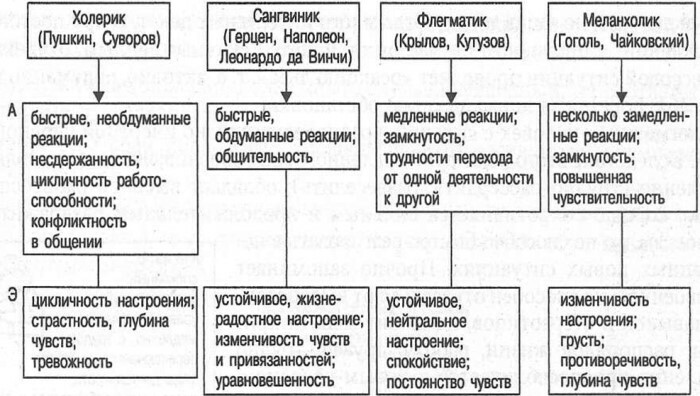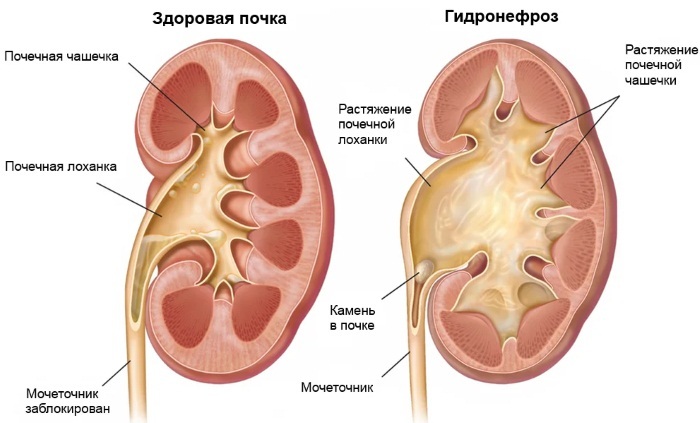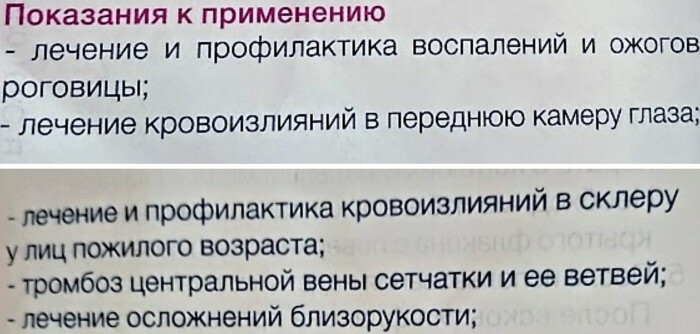Content
- Definition, mechanism of development of rubella
- Sources of infection
- Transmission methods
- Morbidity
- Why adults take rubella harder than children
- Rubella symptoms
- Simple form
- Severe rubella
- Classification and stages of development of rubella
- Complications of rubella
- Anti-epidemic measures according to SanPin
- Rubella laboratory diagnostics
- Specific rubella prevention
- Rubella surveillance
- Implementation of measures to eliminate rubella
- Vaccination of the public to prevent disease outbreaks
- Rubella video
SanPin is a set of regulations that regulate the epidemiological situation, regulate actions civilian population and government agencies aimed at countering outbreaks of infectious and parasitic diseases. Routes of transmission, methods of detecting and combating rubella virus are enshrined in Decree No. 108 of 07/28/2011 g., "On the approval of sanitary rules for the prevention of rubella, measles and mumps under No. 3.1.2952-11».
Definition, mechanism of development of rubella
Rubella is a highly contagious infectious disease
, the causative agent of which is the microorganism Rubella virus. The average size of this viral agent is 60 to 70 nm. The main routes of transmission of this disease are airborne contact between healthy and already infected people. The symptoms of this disease were first described by the German family doctor F. Hoffmann in 1740.The virus spreads rapidly in closed social groups, where large numbers of people are concentrated in confined spaces. For example, in kindergartens, schools, military barracks and places of detention. This feature of the disease is reflected in the SanPin standards dedicated to the prevention of rubella.
The duration of incubation development of rubella virus is 15 to 24 days. In this case, a person infected with this infection becomes infectious 7 days before the first symptoms of the disease appear. At risk are children of the younger age group with weakened immunity, as well as adults who have not previously had this disease. Rubella is not a particularly dangerous viral disease for a child of any age. After complete recovery, children develop a stable immunity, which lasts for the rest of their lives.
Rubella is considered the most dangerous for pregnant women. This is due to the fact that the body of the expectant mother carries this disease without any consequences.
At the same time, the pathogenic microorganism affects the tissues of the developing fetus, leading to congenital organ defects:
- vision;
- hearing;
- malformations of the baby's cardiovascular system.
Early termination of pregnancy is indicated for women who become infected with rubella during the period of intrauterine development of the child.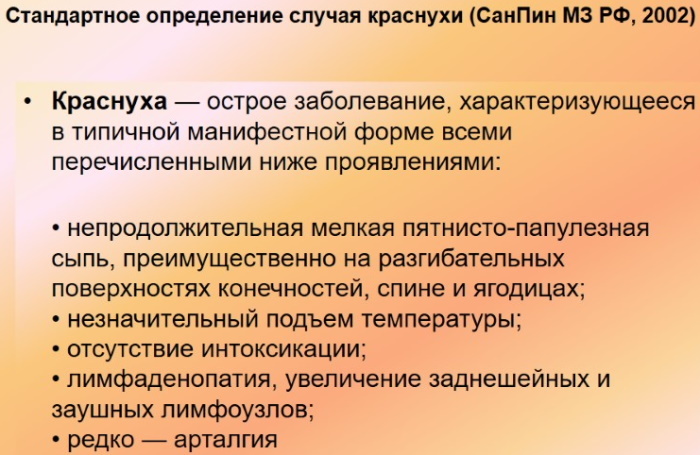
Rubella virus is characterized by a low level of resistance in the environment. This microorganism quickly spreads among the population only if people are in close contact with each other. The causative agent of this disease quickly dies under the influence of direct sunlight. Ultraviolet light has a detrimental effect on the cell membrane of a viral microorganism.
Once on the mucous membrane of a child or adult, the infection penetrates into deeper tissues. The rubella virus has an outer protein coating with many small peplomeres. These are the spine-like processes, with the help of which the microbe is attached to the cell of its host.
Sources of infection
The rubella virus, like most other infectious microorganisms, is found in the environment. This infection is localized in public places where there is no direct sunlight. For example, in government and educational institutions. The virus can be found in the drinking water of the central water supply system, which has not undergone high-quality sanitary and hygienic treatment.
After infection of at least a few people, the carriers of the disease themselves become the main source of infection. The rubella virus quickly dies after contact with disinfectant solutions, ethers, preparations with an acidic medium, and also based on formalin.
Transmission methods
Ways of rubella transmission (SanPin No. 3.1.2952-11 describes methods of counteracting this disease) have long been studied by virologists around the world. This disease spreads from sick people to healthy people during intercourse. Airborne infection leads to a sharp surge in the incidence of this disease.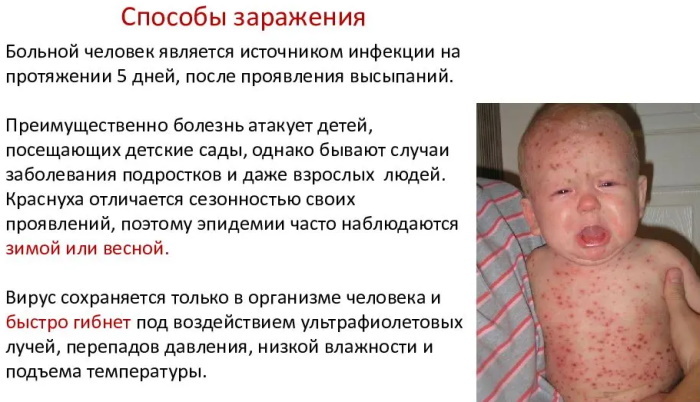
Especially in those conditions when an infected person becomes a source and distributor of pathogens a week before he or she discovers the first symptoms of rubella. That is why the localization of the infectious process requires the mandatory introduction of quarantine measures.
Morbidity
For a long time rubella had the name "third disease". A similar name for the disease arose due to the fact that it was one of the most common among other diseases with dermatological manifestations. After the invention of the vaccine, the percentage of infected people began to gradually decline. In the countries of the Western world, rubella is a rare disease that has been practically eradicated through artificial immunization of the general population. According to statistics, in 2004, only 29 thousand people were recorded worldwide. rubella cases.
Outbreaks of this disease are reported periodically in countries with poorly developed health systems. By 2002, rubella had nearly disappeared in the United States. In 2015, WHO declared all states in South and North America free of infectious microorganisms that cause this disease.
In the first half of 2019, the Ministry of Health of the Russian Federation received a certificate of complete victory over rubella. This document has been registered with the World Health Organization. Regular vaccination of children of the younger age group allows maintaining a safe sanitary and epidemiological situation.
Why adults take rubella harder than children
Ways of rubella transmission (SanPin No. 3.1.2952-11 regulates methods of preventing this disease) are detected during the introduction of quarantine measures. Children of the younger and middle age group carry this infection a little more easily than adults.
It is believed that the child's body is much faster activated in the fight against the virus, producing a sufficient amount of antibodies. In adult men and women, a pathogenic infection can provoke not only the standard list of rubella symptoms, but also inflammatory damage to the joints. Arthritis of the upper and lower extremities, which is caused by this virus, is accompanied by bouts of severe pain and general physical weakness. In adults, joint inflammation persists for up to 2 weeks. Then the functions of the musculoskeletal system are gradually restored.
Rubella symptoms
There are standard signs of this disease and its more severe symptoms. The last type of the course of the disease is typical for children with a severely weakened body or immunodeficiency states. For example, if a child has recently been seriously ill with another bacterial or viral disease.
Simple form
Rubella with a simple course is characterized by the following symptoms:
- an increase in body temperature, which is almost always below 39 degrees Celsius;
- general physical weakness;
- nausea and vomiting;
- a red rash that first appears on the face and neck and then covers the chest, abdomen, and lower parts of the body;
- an increase in the submandibular lymph nodes (inflammation of the axillary lymph nodes is much less common);
- mild conjunctivitis.
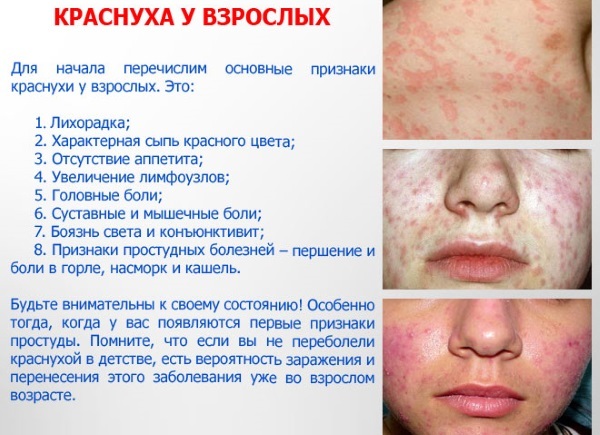
The most acute phase of the manifestation of the above symptoms occurs 3-5 days after the onset of a red rash. All rubella sufferers are considered highly contagious. The above signs are characteristic of infected children. In adults, along with standard symptoms, reversible inflammation of the joints of the upper and lower extremities is observed.
Severe rubella
A more severe form of rubella is accompanied by the above symptoms, as well as the following additional symptoms:
- itching of the skin;
- active lacrimation;
- rhinitis of viral etiology;
- a burning or sore throat;
- dry cough, during which sputum does not separate;
- an increase not only in the cervical, but also in the occipital lymph nodes;
- inflammation of the lining of the throat, which can also be accompanied by painful swallowing;
- redness of the whites of the eyes;
- body and bone aches;
- large inflammatory formations that appear on the skin in places of localization of rashes;
- Strong headache;
- bloating of the intestines;
- disturbances in the work of the digestive tract;
- dizziness.
Severe rubella can last 3 to 4 weeks. After a specified period of time, the body of the infected person acquires stable immunity. After this, a rapid recovery begins.
Classification and stages of development of rubella
Routes of rubella transmission (SanPin No. 3.1.2952-11 contains an action plan to combat this disease) includes communication between healthy and infected people. The table below summarizes the severity of rubella.
| Rubella severity | Characteristics of the infectious process |
| Easy | The patient has no signs of intoxication and fever at all. Mild redness of the throat mucosa may be diagnosed. An abundant pink rash is visible on the skin. |
| Average | Rubella of moderate severity is accompanied by moderate intoxication of the body, which lasts about 2 days. The patient's body is evenly covered with an abundant rash. The acute phase of the development of the infection is accompanied by a low-grade fever. |
| Heavy | In the presence of severe rubella, the patient is diagnosed with severe intoxication body, headache attacks, profuse maculopapular rash, which merges into one solid spot. There are almost always complications. |
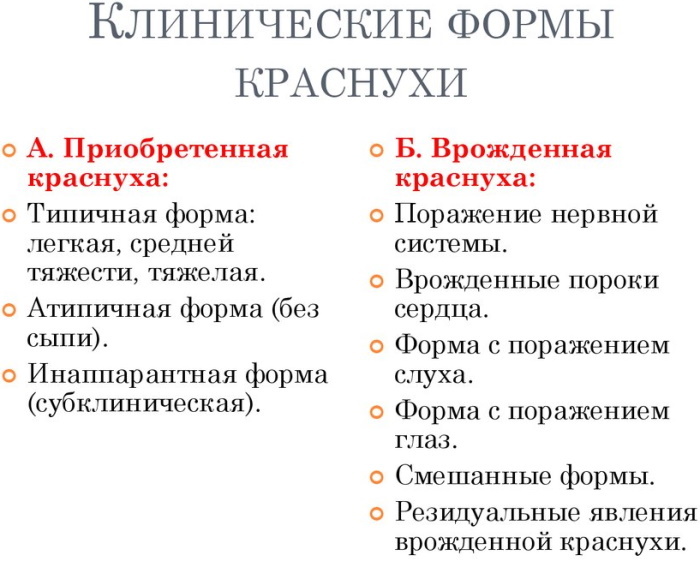 Rubella development is divided into 2 main stages. This is the incubation period, as well as the acute phase of the disease, when the first symptoms appear.
Rubella development is divided into 2 main stages. This is the incubation period, as well as the acute phase of the disease, when the first symptoms appear.
Complications of rubella
This disease can cause serious complications in children who become infected with it during intrauterine development.
In this case, the following consequences are possible:
- cataracts and other visual defects;
- congenital deafness;
- dysfunction in the thyroid gland;
- mental disorders (in children who have suffered rubella in the womb, cases of autism are much more common);
- diabetes;
- heart muscle defects.
Children with congenital rubella syndrome become disabled for life, need expensive treatment and surgery. Before the invention of vaccines, for every 1000 newborns, there were 4 children with the above complications.
Anti-epidemic measures according to SanPin
SanPin No. 3.1.2952-11 contains norms and rules that are aimed at detecting and eliminating foci of rubella virus. Identification, registration and registration of rubella patients. Responsibilities for the identification, recording and documentary registration of those infected with rubella are assigned to the workers of medical institutions. Patients are found during door-to-door rounds, planned reception of the population with signs of this ailment.
Rubella laboratory diagnostics
For the laboratory determination of rubella, a study of venous blood is carried out. Molecular biological, virological, and also serological analysis are used as diagnostic techniques.
Measures in the outbreaks of rubella spread, rules of sanitary prevention
Patients with signs of rubella are immediately admitted to the hospital of the infectious diseases department. Within 24 hours, the circle of persons with whom the sick person was in contact is established. In institutions with state and private property, where an outbreak of this disease occurred, quarantine is introduced on day 21.
Specific rubella prevention
A specific preventive measure for the spread of rubella is routine vaccinations. To effectively control the circulation of the virus in the environment, 90 to 95% of the population must be vaccinated. Otherwise, periodic local outbreaks of rubella may occur.
Rubella surveillance
According to the provisions of SanPin No. 3.1.2952-11, rubella virus surveillance is carried out sanitary and epidemiological authorities, which are endowed with the appropriate powers of legislative and by-laws of the Russian Federation.
Implementation of measures to eliminate rubella
Measures to eliminate rubella foci are carried out by employees of medical institutions, employees of sanitary and epidemiological services. Patients with signs of this disease undergo inpatient treatment in infectious diseases departments of hospitals. Rubella prevention is being promoted among the immunized population using posters, interviews and leaflets.
Vaccination of the public to prevent disease outbreaks
Getting vaccinated on time is the only way to avoid rubella. For artificial immunization, 1 dose of an attenuated strain of the infectious agent of this disease is used. In 95% of cases, all vaccinated people acquire stable immunity, which lasts throughout life.
Rubella vaccines are produced in monovalent form to combat only this pathogen, or they are part of combination vaccinations. For example, a person is simultaneously vaccinated against measles, mumps, rubella and smallpox. After the introduction of the vaccine, in rare cases, side effects occur in the form of a slight increase in temperature, physical weakness and slight malaise.
Rubella is a contagious viral disease that manifests itself as a red papular rash, fever, muscle aches and general physical weakness. Airborne droplets are the main mode of transmission of this infection.
A viral microorganism spreads from an infected person to a healthy person during a conversation, sharing household items. The main danger of rubella is that its infectious agent can cause severe intrauterine malformations in infants. SanPin No. 3.1.2952-11 displays the rules and regulations for counteracting this disease.
Rubella video
Rubella in children. Virus, transmission routes:

